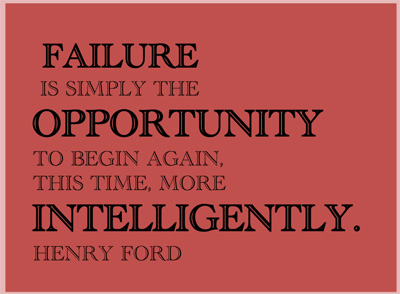Innovation for Solving Problems
- Published: February 19, 2016, By Jackie Marolda
Something I often hear from companies when they talk about growing their business is: "How can we get near immediate improvements with real value without spending a ton of money?"
Innovation is prevalent in many forms. I’ve seen small, incremental changes in products that are remarkable and increase usability and productivity. And I’ve experienced the fun of exploring new products due to breakthrough technology that solve problems I never even knew I had. Both types of innovation are exciting, both for the supplier and the user.
One of the big differences between incremental and breakthrough innovation is the amount of time, capital, and resources it takes to deliver it. Incremental innovation is often considered less glamorous and flashy than breakthrough innovation, but it generally operates within a more immediate time frame, and can be accomplished with operational investment in capital and resources.
Incremental changes in your product and service offering can be incredibly valuable to your business and to your customers. Understanding the pain points in your business is a great place to look for opportunity to innovate—this type of innovation is about problem solving. But how do you know what changes to make? A great place to look is within your business today. What problems are there in how you do business? What problems do your customers have in the ways they do business with you? Problems are the catalyst for innovation solutions. And today’s problems are the ‘unmet need’ for the incremental changes you need to focus on.
 One of my favorite examples of needs-based innovation comes from the movie Apollo 13. The movie depicts the failed attempt to land on the moon by Commander James Lovell and team after an oxygen tank exploded. At one point, because of escalating carbon dioxide levels, there was a critical need to “make a square peg fit into a round hole.” The movie shows how a team of engineers quickly determined how to turn the available supplies in space into a workable solution. It's a great example of needs-based solution and incremental innovation.
One of my favorite examples of needs-based innovation comes from the movie Apollo 13. The movie depicts the failed attempt to land on the moon by Commander James Lovell and team after an oxygen tank exploded. At one point, because of escalating carbon dioxide levels, there was a critical need to “make a square peg fit into a round hole.” The movie shows how a team of engineers quickly determined how to turn the available supplies in space into a workable solution. It's a great example of needs-based solution and incremental innovation.
Let’s hope that the needs you are working on are never as dire and immediate as those faced by the Apollo 13 engineers. But your customers’ needs are important. And they are the catalyst for your opportunity to deliver solutions.
When it comes to the products you provide and how you deliver them, look at your returns and complaints. Are you seeing similar comments across customers? Are there trends of the types of complaints in certain end-use markets or by geographic regions? When you dig deeper into the types of comments and returns you are getting, you gain greater understanding of where you are falling short, and what the real market needs are. Providing incremental innovation allows you a great opportunity to capitalize on being the kind of company to provide solutions that benefit their customers.
Another way to uncover unmet market needs is by engaging in your value chain—forward and back. You really have to understand how your customer uses your product. For example: What do they do with it? Then, how do they get it ready to send it further down the value chain? By understanding what happens next, you may find the opportunity to add additional value to what you do today—incremental improvements— that help your customer and give you a competitive edge.
“Voice of the Customer” programs are established and effective research tools to capture expectations, preferences and pain points. When done well, these programs can produce a set of customers wants and needs, with ranking and prioritization, and can be analyzed to deliver a clear actionable plan for incremental improvements to your products, services, and business overall. These programs help confirm what is really happening when your customers do business with you—and equally important—what isn’t happening. Listening to the voice of your customer, your suppliers, your employees, and your environment can clue you in on what’s missing.
My experience in business development is that when you deliver the solution to someone’s problems, they are not just willing to do business with you, they are eager to do business with you.
Today’s problems are unmet needs looking for solutions. Incremental improvements, managed quickly and with focus on meeting customer’s expectations, can provide growth, customer retention, and customer loyalty. Putting it all together and developing innovative products and services that better meet unmet market and customer needs is a robust and sustainable strategy over the long term.




